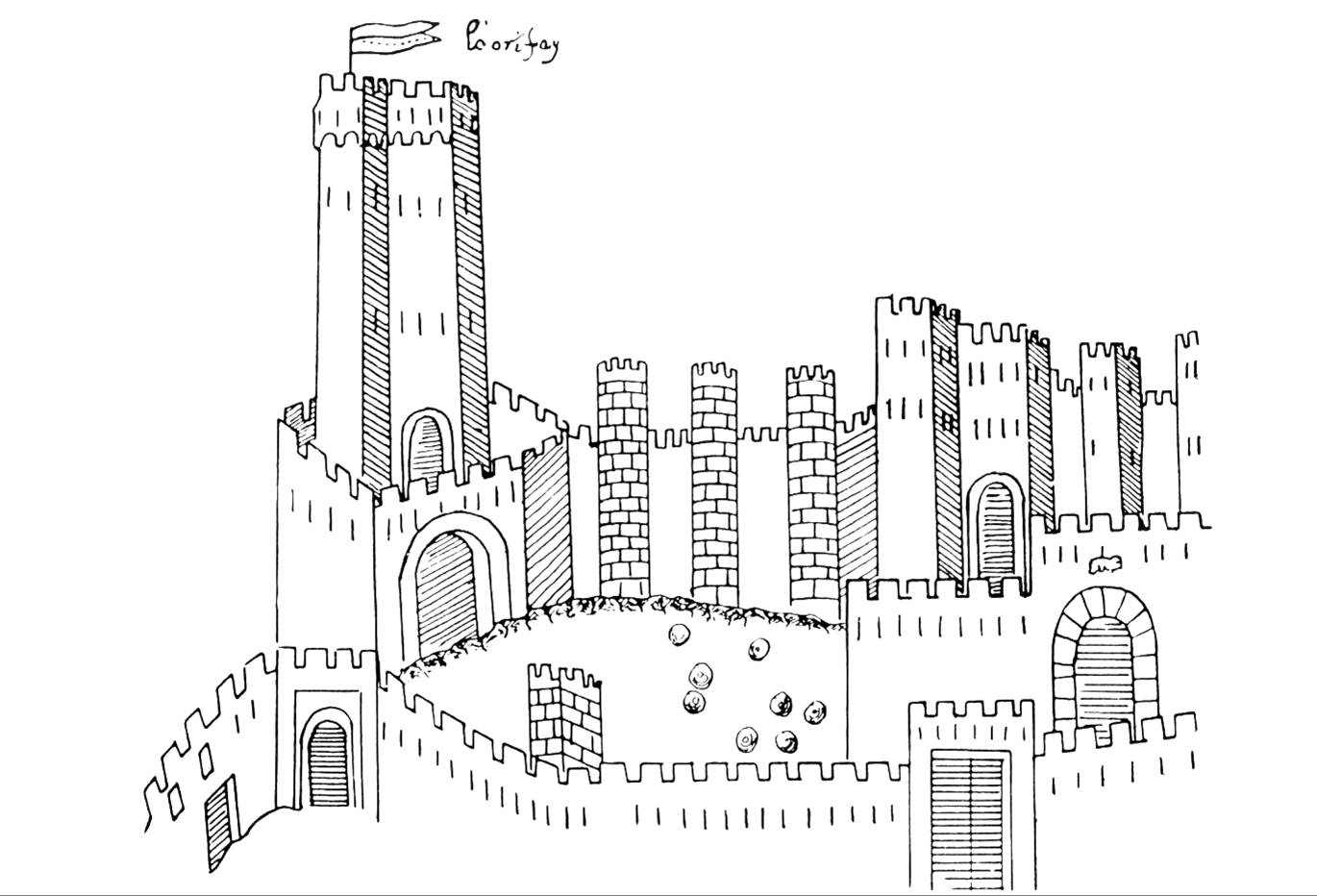Il tempio ipogeico di Scala ’e Cresia di Morgongiori (OR) e il riuso di età punica dell’area archeologica
Abstract
Il tempio ipogeico di Scala ’e Cresia, di età nuragica, è ricavato in una diaclasi naturale; comprende una scalinata costituita da tre rampe alla base delle quali si raccoglie l’acqua piovana. All’esterno si trova una struttura circolare con copertura a tholos, di impianto nuragico e riutilizzata in età storica. Presso tale costruzione è stato identificato un santuario rurale di età punico-romana che ha restituito materiali votivi quali lucerne con tracce d’uso, ceramiche, oggetti in oro e in osso, monete. Nell’area dovevano svolgersi sacrifici di animali, testimoniati dai resti faunistici e delle abbondanti tracce di bruciato.
The hypogeic temple of Scala ’e Cresia, of nuragic age, is located in a natural geologic joint; it comprises a staircase consisting of three ramps, at the base of which the rainwater is collected. Outside there is a circular structure with a “tholos” cover, built in nuragic age and riused in the historical age. Near such construction a rural sanctuary of punic-roman age has been identified, what has given back votive materials, as oil lamps with traces of use, pottery, objects in gold and in bone, coins. In the area there were sacrifices of animals, testified by faunal remains and abundant t traces of burning.





